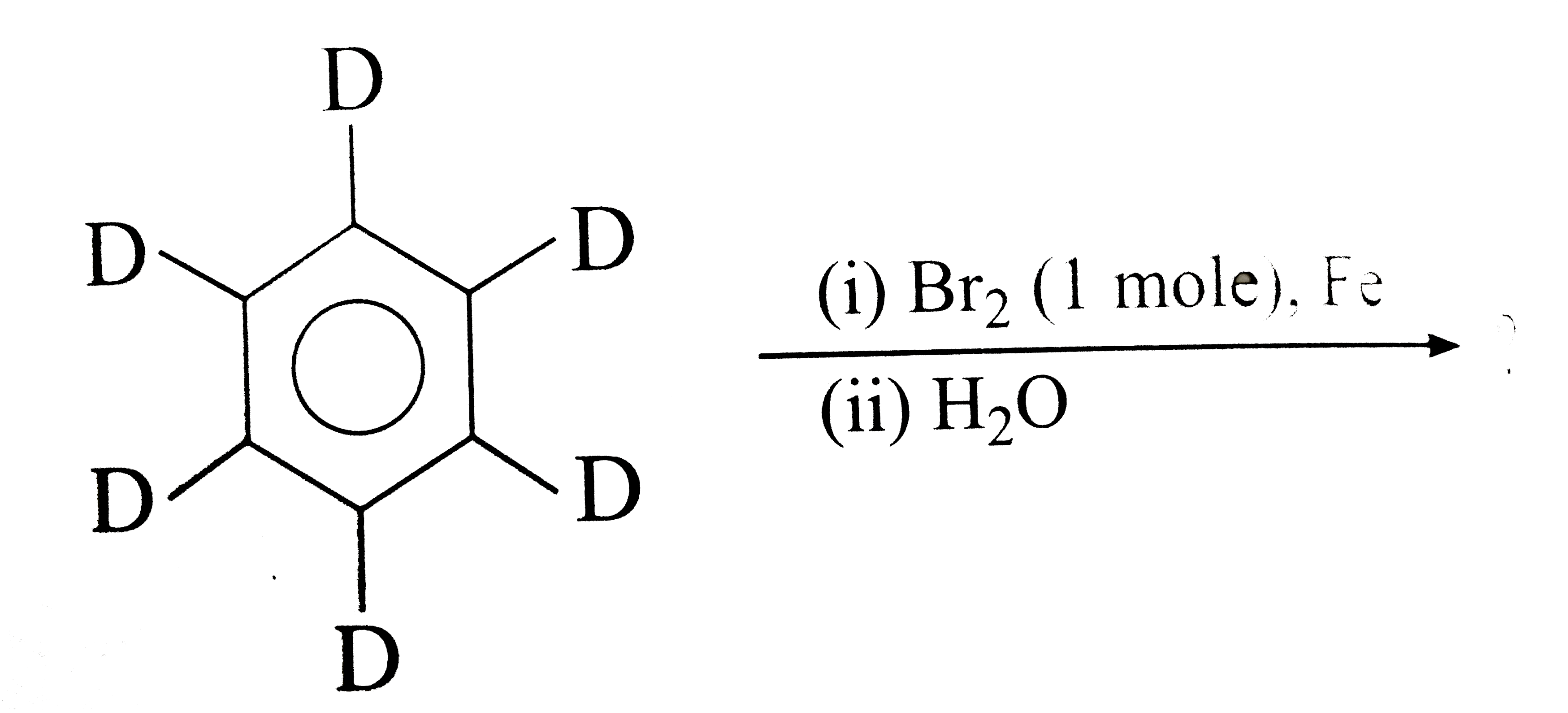The moles of product are always determined by the starting moles of
excess reactant
more reactive reactant
limiting reactant
less reactive reactant
The correct Answer is:C
Limiting recatant is entirely consumed when a reaction goes to completion.
Topper's Solved these Questions
- SOME BASIC CONCEPTS OF CHEMISTRYBOOK - R SHARMACHAPTER - SOME BASIC CONCEPTS OF CHEMISTRYEXERCISE - Follow-up Test 21
7 Videos
- SOME BASIC CONCEPTS OF CHEMISTRYBOOK - R SHARMACHAPTER - SOME BASIC CONCEPTS OF CHEMISTRYEXERCISE - Question Bank
48 Videos
- SOME BASIC CONCEPTS OF CHEMISTRYBOOK - R SHARMACHAPTER - SOME BASIC CONCEPTS OF CHEMISTRYEXERCISE - Follow-up Test 19
4 Videos
- REDOX REACTIONSBOOK - R SHARMACHAPTER - REDOX REACTIONSEXERCISE - Archives
29 Videos
- STATES OF MATTERBOOK - R SHARMACHAPTER - STATES OF MATTEREXERCISE - ARCHIVES
41 Videos
Similar Questions
In the reaction 4A+2B+3C⇒A4B2C3 what will be the number of moles of product formed ? Starting from 2 moles of A, 1.2 moles of B and 1.44 moles of C.
View SolutionIn the reaction 4A+2B+3C→A4B2C3, what will be the number moles of product formed, starting from one mole of A, 0.6 moles of B and 0.72 moles of C ?
View Solution
Knowledge Check
In the reaction 4A+2B+3C→A4B2C3, the number of moles of product formed will be if starting from 2 moles of A, 1.2 moles of B and 1.44 moles of C
A0.48B0.3C0.6D1In the reaction
4A+2B+3C→A4B2C3, what will be the number moles of product formed starting from one mole of A, 0.6 moles of B and 0.72 moles of C?A0.25B0.3C0.24D2.32In the reaction , 4A+2B+3C→A4B2C3 what will be the number of moles of product formed , starting from 1 mole of A,06 mole of B and 0.72 mole of C :-
A0.25B0.3C2.4D0.24
In the reaction 4A+2B+3C→A4B2C3 what will bw the number of moles of product formed. Starting from 2 moles of A,1.2 moles of B&1.44 moles of C:
View SolutionIn the reaction 4A+2B+3C→A4B2C3. What will be the number of moles of product formed, starting from one of
View SolutionStatement-1: 2A+3B→C
4/3 moles of 'C' are always produced when 3 moles of 'A' & 4 moles of 'B' are added.
Statement-2: 'B'is the limiting reactant for the given data.
View SolutionThe major product obtained form the following reaction of 1 mole of hexadeuteriobenzene is :


View SolutionFor reaction A+2B→C. The amount of C formed by starting the reaction with 5 mole of A and 8 mole of B is :
View Solution